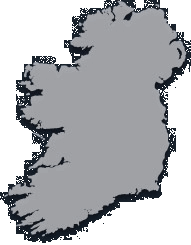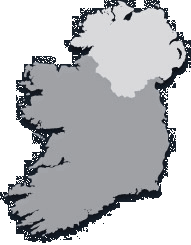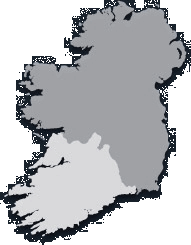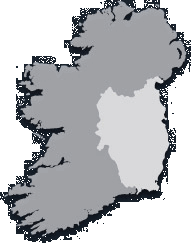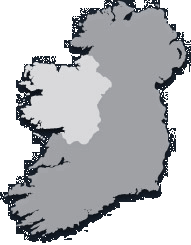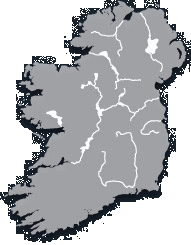Mission Statement
Traditional Boats of Ireland is a cooperative of people interested in the recording, preservation and continued use of Ireland's heritage of traditional boats and working craft.
The purpose of this website is to raise awareness of the rich diversity of our maritime traditions.
Boat Rescue and Recording
The Traditional Boats of Ireland Project is the result of a combined effort by Irish people who are passionate about the rich diversity of boat types throughout the country. This project is a by-product of a loosely affiliated group of individuals with a shared realisation that Ireland’s traditional boat types are rapidly disappearing.
As is well known throughout Ireland, many of our traditional vessels are becoming memories of days gone by, disappearing in to the mud and tide all around our coasts. This is a sad situation for our maritime heritage to be in, and in the current economic climate any funding support appears unlikely.
However, all is not doom and gloom because Pat Tanner, Donal Lynch and Hal Sisk have been putting together a programme to identify, digitally record and store boats at risk to prevent any further loss to the already disappearing fleet.
3D IMAGING
The project has taken some time to establish due to its reliance on state-of-the-art 3D digitizing equipment to record traditional vessels and associated artifacts. The ‘laser scanner’ records a high resolution 3D image of the object, in this case the hull of a boat. It is a non-invasive technique and once the information is stored it can be used in many ways by a variety of software programmes.
This process is in no way a substitute for more traditional methods of taking lines of vessels: it is simply making good use of available technology to record information. Two types of scanner are used, the laser arm is an articulated 3D scanner generally used for fine detail scanning; in this case, half models of vessels and specific areas within a boat.
For larger scale hull recordings a large volume tripod mounted scanner is used, enabling whole hull shapes to be recorded. Between the two scanner types all aspects of any vessel can be digitised.
A number of vessels have been recorded using the scanners and the information is being processed at the moment to create a database of virtual images and linesplans. These virtual images are now on display in our Projects Area
BOAT STORAGE
The project is not solely about modern technology but about rescuing what we have left of our vernacular fleet. The key element of the project is identifying suitable storage.
In the last few months a number of buildings have become available and boats are being transported from vulnerable places to a more stable environment.
Currently, there are four buildings available to the project in Cork, Limerick, Waterford and Mayo. All four premises were volunteered by wooden boat enthusiasts who wish to protect our maritime past.
A Heritage Council-funded study is currently evaluating the situation with regard to protecting Ireland's maritime heritage, but this will take time to reach conclusions. In the meantime the boat rescue and recording project will endeavour to record and store as many as possible of the vessels that are in immediate danger of being lost. The project has no plans to restore vessels, only to try and ensure we will have something to restore when that day comes.


